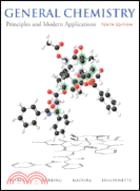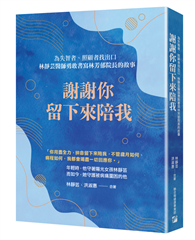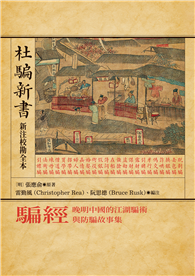The Molecule on the Front Cover is Paclitaxel, C47H51NO14 a chemotherapy drug that has been successful in treating breast, lung, and ovatian cancer. It is extracted from the bark of the Pacific Yew tree (Taxus brevifolia). Unfortunately, the bark of a 100-year-old Pacific Yew tree yields about 3 kg of bark and only 300 mg of paclitaxel, barely enough for a single dose of the drug (Taxol).
The synthesis of this molecule engaged the attention of chemists for more than 20 years until finally, in 1994, chemists from Florida State University and from the University of California (San Diego) announced independently that they were able to synthesize it from simpler and readily available starting materials. A major challenge in the synthesis of paclitaxel is getting the spatial arrangement of atoms around 11 of the carbon atoms just right. These 11 carbon atoms are identified in the ball-and-stick structure by green or purple circles. If the synthesis is not done carefully, up to 2048 different possible paclitaxel-like structures could be obtained, but only one is known to have the desired anti-tumor activity. Because chemists can now synthesize paclitaxel, it is possible for researchers to explore how it works and design new chemotherapeutic drugs that are safer and more effective.
| FindBook |
有 1 項符合
General Chemistry Principles and Modern Applications 10th Ed. + Study Card 10th Ed. + Masteringchemistry Student Access Kit的圖書 |
 |
GENERAL CHEMISTRY PRINCIPLES AND MODERN APLICATIONS 作者:Petrucci,Ralph H./Herring,F. Geoffrey/Madura,Jeffry D./Bissonnette,Carey 出版社:Pearson College Div 出版日期:2010-03-22 語言:英文 規格:22.2 x 27.9 x 5.7 cm / 普通級/ 雙色印刷 |
| 圖書館借閱 |
| 國家圖書館 | 全國圖書書目資訊網 | 國立公共資訊圖書館 | 電子書服務平台 | MetaCat 跨館整合查詢 |
| 臺北市立圖書館 | 新北市立圖書館 | 基隆市公共圖書館 | 桃園市立圖書館 | 新竹縣公共圖書館 |
| 苗栗縣立圖書館 | 臺中市立圖書館 | 彰化縣公共圖書館 | 南投縣文化局 | 雲林縣公共圖書館 |
| 嘉義縣圖書館 | 臺南市立圖書館 | 高雄市立圖書館 | 屏東縣公共圖書館 | 宜蘭縣公共圖書館 |
| 花蓮縣文化局 | 臺東縣文化處 |
|
|
圖書介紹 - 資料來源:博客來 評分:
圖書名稱:General Chemistry Principles and Modern Applications 10th Ed. + Study Card 10th Ed. + Masteringchemistry Student Access Kit
|









![2026【補充延伸實務趨勢與議題】觀光資源概要(包括世界史地、觀光資源維護)[華語、外語領隊人員][二十一版](領隊華語人員/外語人員) 2026【補充延伸實務趨勢與議題】觀光資源概要(包括世界史地、觀光資源維護)[華語、外語領隊人員][二十一版](領隊華語人員/外語人員)](https://media.taaze.tw/showLargeImage.html?sc=14100126915)

